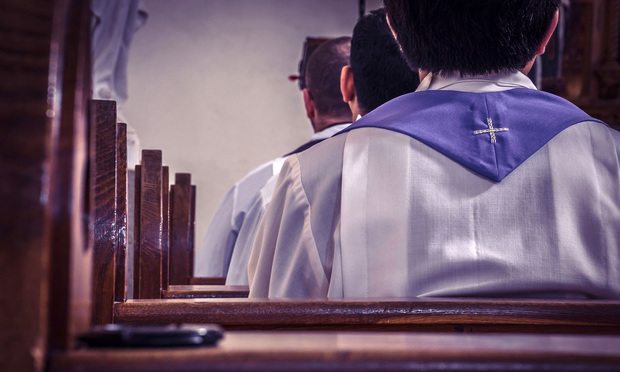 The Child Victims Act, a bill passed in New York this year, extended the statute of limitations for cases of child sex abuse and created a temporary window for victims of any age to bring civil litigation. (Photo: Shutterstock)
The Child Victims Act, a bill passed in New York this year, extended the statute of limitations for cases of child sex abuse and created a temporary window for victims of any age to bring civil litigation. (Photo: Shutterstock)
The Archdiocese of New York has filed a lawsuit against its various insurers over the years after one company said it's not planning to cover claims brought through a new law enacted this year that will open a window for older victims of child sex abuse to file civil litigation in New York.
Recommended For You
Want to continue reading?
Become a Free PropertyCasualty360 Digital Reader
Your access to unlimited PropertyCasualty360 content isn’t changing.
Once you are an ALM digital member, you’ll receive:
- Breaking insurance news and analysis, on-site and via our newsletters and custom alerts
- Weekly Insurance Speak podcast featuring exclusive interviews with industry leaders
- Educational webcasts, white papers, and ebooks from industry thought leaders
- Critical converage of the employee benefits and financial advisory markets on our other ALM sites, BenefitsPRO and ThinkAdvisor
Already have an account? Sign In Now
© 2025 ALM Global, LLC, All Rights Reserved. Request academic re-use from www.copyright.com. All other uses, submit a request to [email protected]. For more information visit Asset & Logo Licensing.








